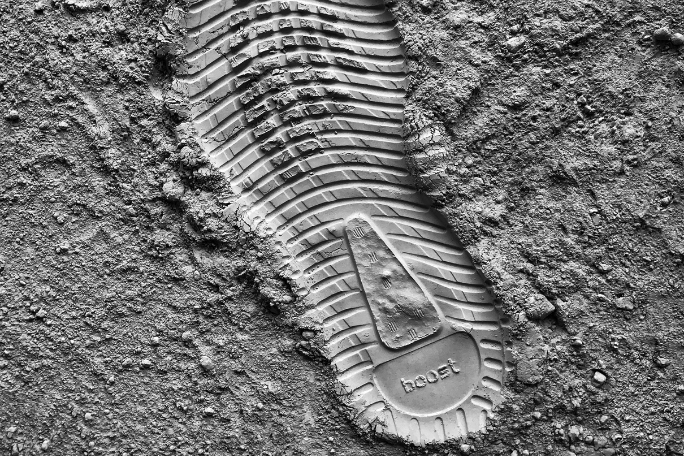Lesson summary
Students learn about the concept of environmental footprints. They will learn how to measure their impact and take steps to reduce their personal footprint. Students make comparisons between the lifestyles of people 100 years ago and the current mainstream, considering the impact of consumerism on environmental footprints.
Learning intentions:
Students will...
- understand their impact on the Earth
- take responsibility for their personal actions
- compare the impact on our environment between the past resource and our current resource use.
Success criteria:
Students can...
- think critically about their personal resource use
- make suggestions for how to reduce their environmental impact.
Lesson guides and printables
Lesson details
Curriculum mapping
Australian curriculum content description:
Year 5 Geography:
- The influence of people, including Aboriginal and Torres Strait Islander Peoples, on the environmental characteristics of Australian places (ACHASSK112)
- The environmental and human influences on the location and characteristics of a place and the management of spaces within them (ACHASSK113)
Year 5 Science:
- Science involves testing predictions by gathering data and using evidence to develop explanations of events and phenomena (ACSHE081)
- Scientific knowledge is used to inform personal and community decisions (ACSHE217)
- Use equipment and materials safely, identifying potential risks (ACSIS088)
Year 6 Science:
- Science involves testing predictions by gathering data and using evidence to develop explanations of events and phenomena (ACSHE098)
- Scientific knowledge is used to inform personal and community decisions (ACSHE220)
- Use equipment and materials safely, identifying potential risks (ACSIS105)
Syllabus outcomes: GE3-3, GE3-2, ST3-4WS, ST3-6PW, ST3-4WS.
General capabilities: Critical and creative thinking.
Cross-curriculum priority: Sustainability OI.3, OI.8.
Time required: 60 – 120 mins.
Level of teacher scaffolding: Medium.
Resources required
- Magazines and newspapers
- Student Worksheet
Skills
This lesson is designed to build students’ competencies in the following skills:
- Critical Thinking
- Global Citizenship
- Problem Solving
Additional nfo
Following this lesson plan is an ideal way for your school to take part in Schools Clean Up Day or a Clean Up on any day of the year. You’ll be joining thousands of amazing teachers in making a difference and creating positive environmental change.


Welcome back!
Don't have an account yet?
Log in with:
By signing up to Cool.org you consent and agree to Cool's privacy policy to
store, manage and process your personal information. To read more, please see
our privacy policy here(Opens in new tab).
Create your free Cool.org account.
Many of our resources are free, with an option to upgrade to Cool+ for premium content.
Already have an account?
Sign up with:
By signing up to Cool.org you consent and agree to Cool's privacy policy to
store, manage and process your personal information. To read more, please see
our privacy policy here(Opens in new tab).